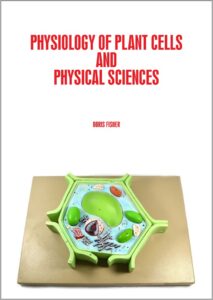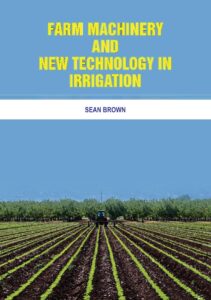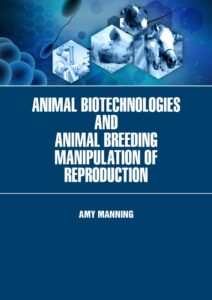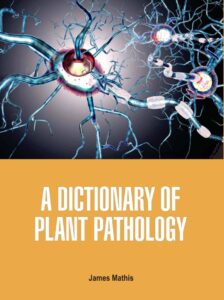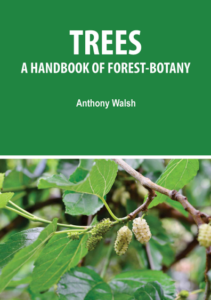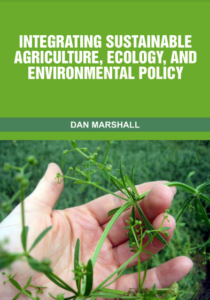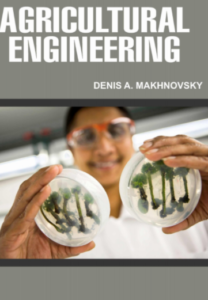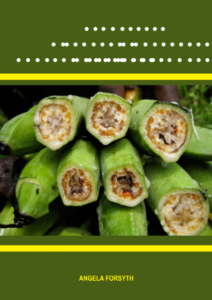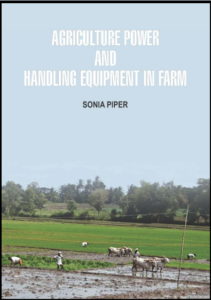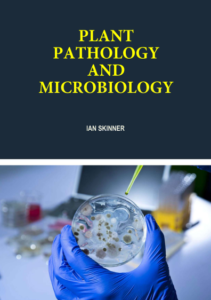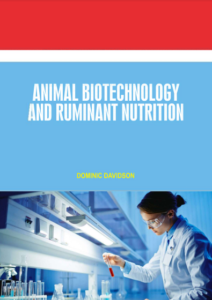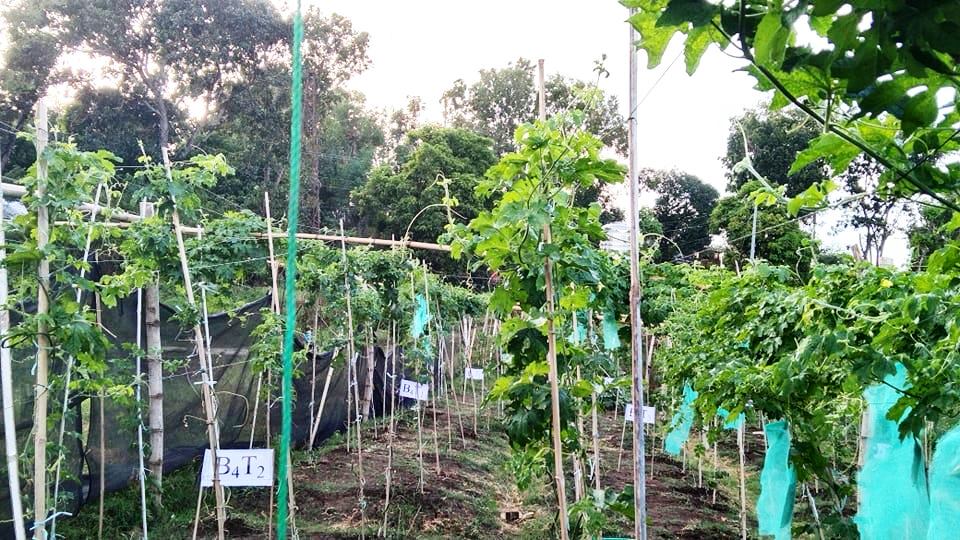
Vegetable Grafting: Grafted “AMPATOLA” (Ampalaya and Patola)
The on-going student research at ISAT U Leon Campus is on grafting Ampalaya unto Patola also known as “Ampatola”. The study aims to determine which grafted ampalaya cultivar produce highest growth, yield, income and less incidence of bacterial wilt. Vegetable grafting is the art of joining together two plant parts (a rootstock and a scion) by means of tissue regeneration, in which the resulting combination of plant parts achieves physical reunion and grows as a single plant. In this study the Patola is used as rootstock and inserted with Ampalaya as a scion.
The grafting process comprises four main steps: first is the selection of the rootstock and scion cultivars; second plantlet production and creation of the physical union by physical manipulation; third the healing of the graft union; and lastly the acclimatization of the grafted plants.
Literature says that the goal of vegetable grafting is to control soil borne pathogens (e.g. root-knot nematodes) and foliar pathogens, to enhance plant vigour, to extend the harvesting period, to increase yield and fruit quality, to prolong postharvest life, to increase nutrient uptake, to allow tolerance to low and high temperatures, to cope with salinity and heavy-metal stress, and to increase tolerance to drought and waterlogging.


 Views Today : 108
Views Today : 108 Views Yesterday : 281
Views Yesterday : 281 Views Last 7 days : 15896
Views Last 7 days : 15896 Views Last 30 days : 26215
Views Last 30 days : 26215 Views This Month : 19136
Views This Month : 19136 Total views : 109306
Total views : 109306




